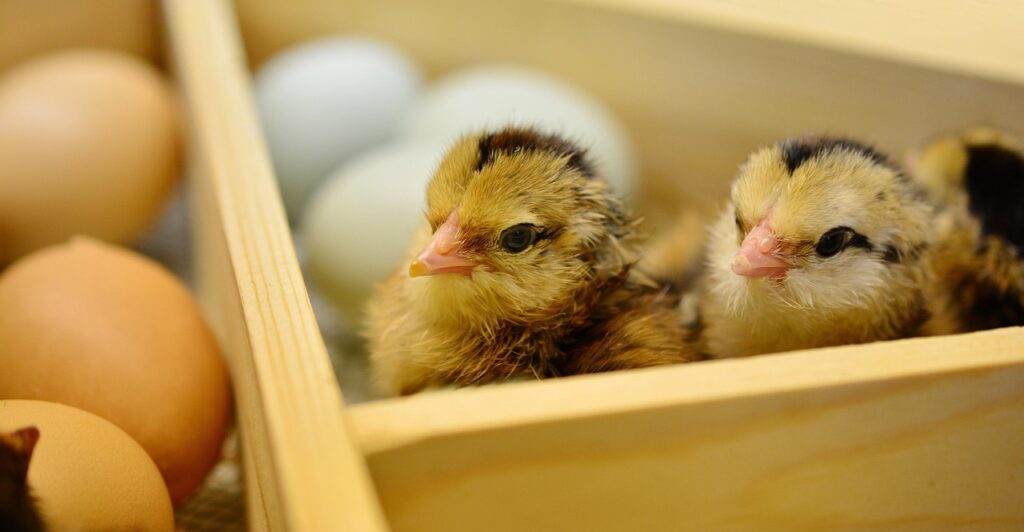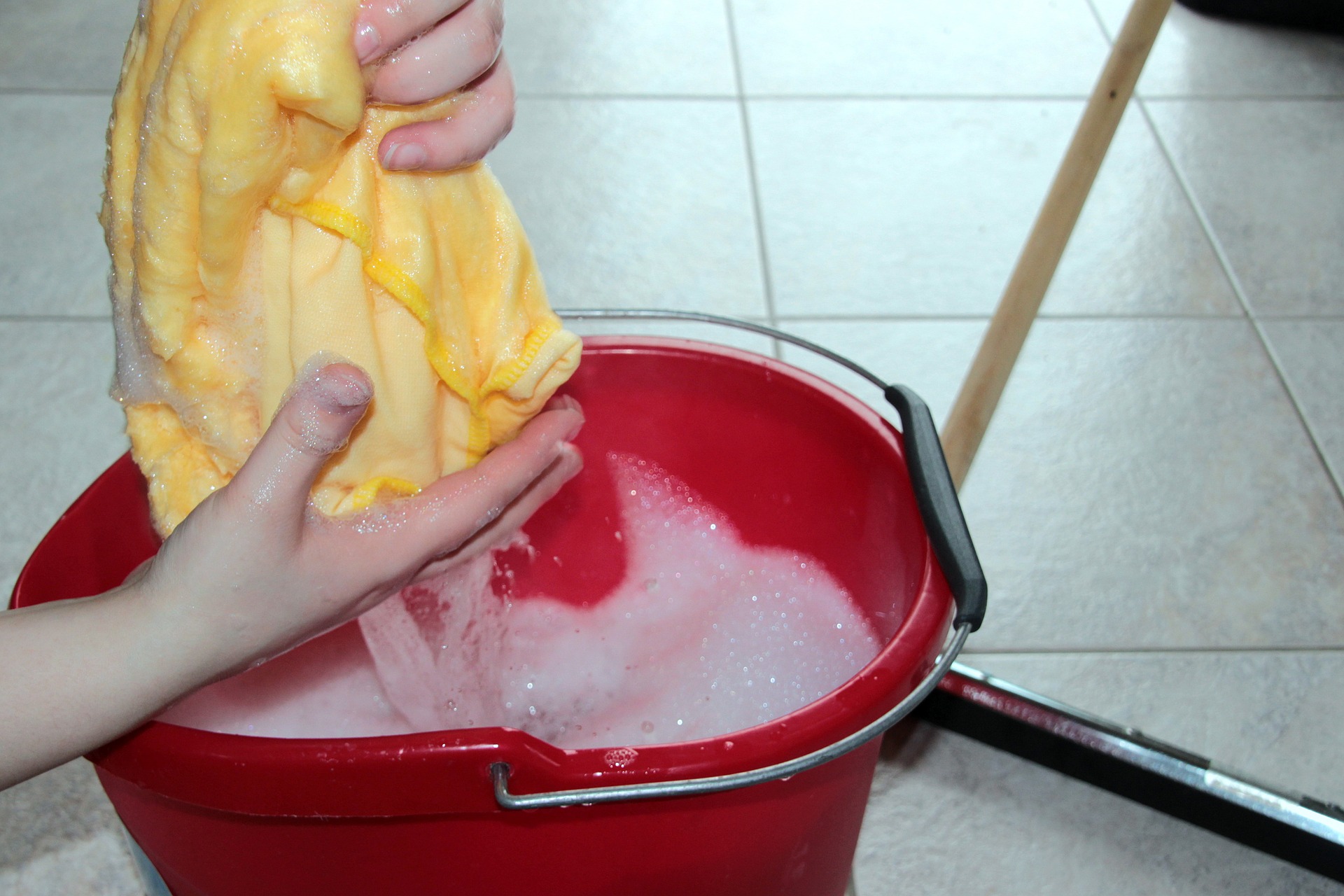
Photo by Jacek Dylag on Unsplash
These days, we are all looking for ways to save money any way we can. Retailers and businesses are using a new, but old marketing technique. Inviting you to buy more, generally at a very low price in order to make you feel like you’re saving money. But, are you really? Let’s explore this further.
A Manufacturer Marketing Gimmick?
I get it, from a business perspective, you need to spend money to make money. And while it’s kind of a genius idea to train the consumer to think they’re buying more while paying less, it can be hard for those of us trying to keep our spending habits in check.
Here is a perfect example of spaving: A sales ad allows you to get a product at a huge savings of 50 to 75 percent off the retail price. But, in order to get that special price, you have to spend a certain amount. Therefore, you are not actually getting a true savings when you are buying more items, because you are spending out of control.
They may also throw in free shipping to wet your taste buds. Before you know it, you keep adding more items and you have several hundred dollars worth of merch in your cart.
This also happens with a buy one get one free or BOGO. Oftentimes the sale items are marked up for the sale, so you are technically buying one at above retail price, thinking you got one for free. This is a prime example of spaving.
You’re on a Spending Freeze
This temptation can be gratifying at first glance, especially if you’re on a spending freeze. Maybe you over spent on the holidays or for a special event, so you’ve put yourself on a spending halt to get your budget back on track. Then you see a coupon pop up in your app for a good pizza deal. The catch? If you spend a certain amount, you will get a coupon for a free item of your choice. While it may not be a bad deal, you are prompted to spend more than usual on a full price pizza.
The company hopes you will forget about the coupon and let it expire. They are worried about gaining your business now, rather than later. The tempting marketing techniques can make it hard to resist, and blow your budget out of the water.
How to Avoid the Trap
It can be hard to resist things like free makeup or in some cases, free drinks on your next cruise, but use caution. Some deals may be legit and save you money, especially if you have something already planned to buy. Here are some things to consider:
- –Always read the fine print. You may be actually paying more with a new deal.
- –Use simple math to see if the deal really adds up. Typically you’ll find you are spending more.
- –Pay attention to expiration dates closely. Businesses gain your attention by having you sign up for savings that don’t really exist, or switch up prices once the deal date is over.
When shopping, stick to companies you have used in the past that don’t offer a lot of crazy sale deals or purchase quests. Look closely at expiration dates, to make sure you don’t miss out on getting the best deal. Sometimes businesses want to make things challenging so you will forget or give up, and pay full retail price.
Spaving can really throw your budget a curveball. Get behind your spending and stay in control of your money. You are the pilot on your path to savings!
Here’s to Saving and Thriving Daily!
Copyright 2025, Nurturingcents.com













